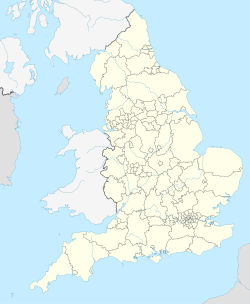| Site of Special Scientific Interest | |
| Location | Cornwall |
|---|---|
| Grid reference | SW781510 |
| Coordinates | 50°19′05″N5°07′05″W / 50.3181°N 5.1181°W |
| Interest | Biological |
| Area | 8.2 hectares (0.082 km2; 0.032 sq mi) |
| Notification | 1951 |
| Natural England website | |
Ventongimps Moor is a moorland nature reserve and Site of Special Scientific Interest (SSSI), noted for its biological characteristics, in mid Cornwall, England, United Kingdom. The site, important for the occurrence of the plant Dorset heath, was the first reserve to be purchased by the Cornwall Wildlife Trust.

